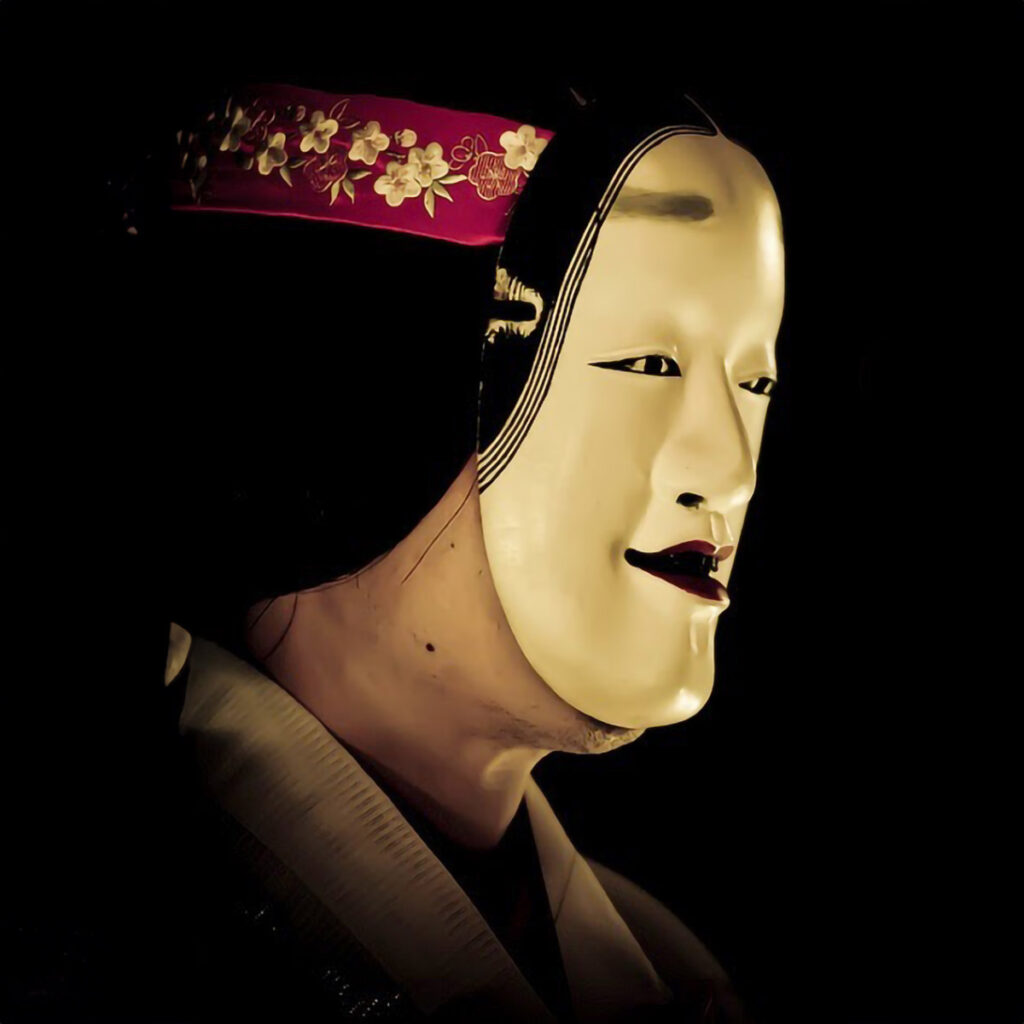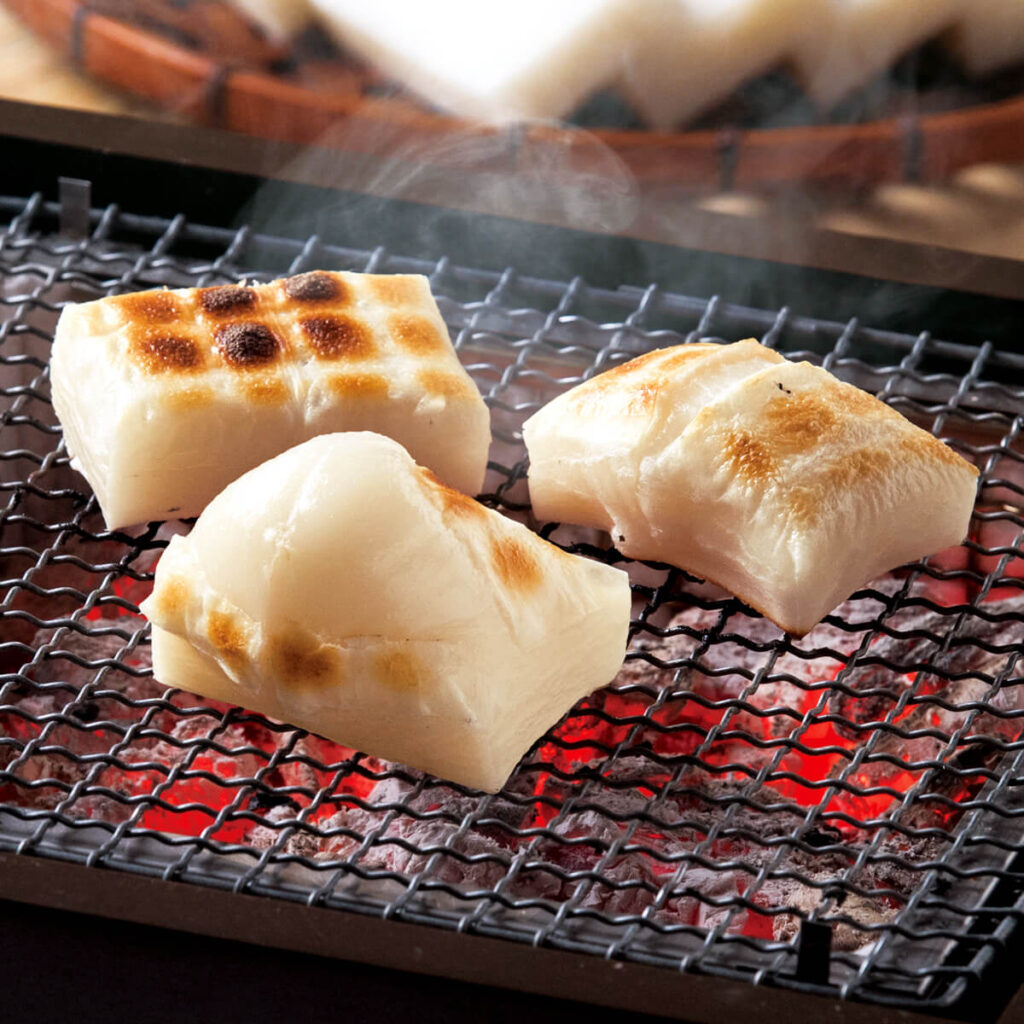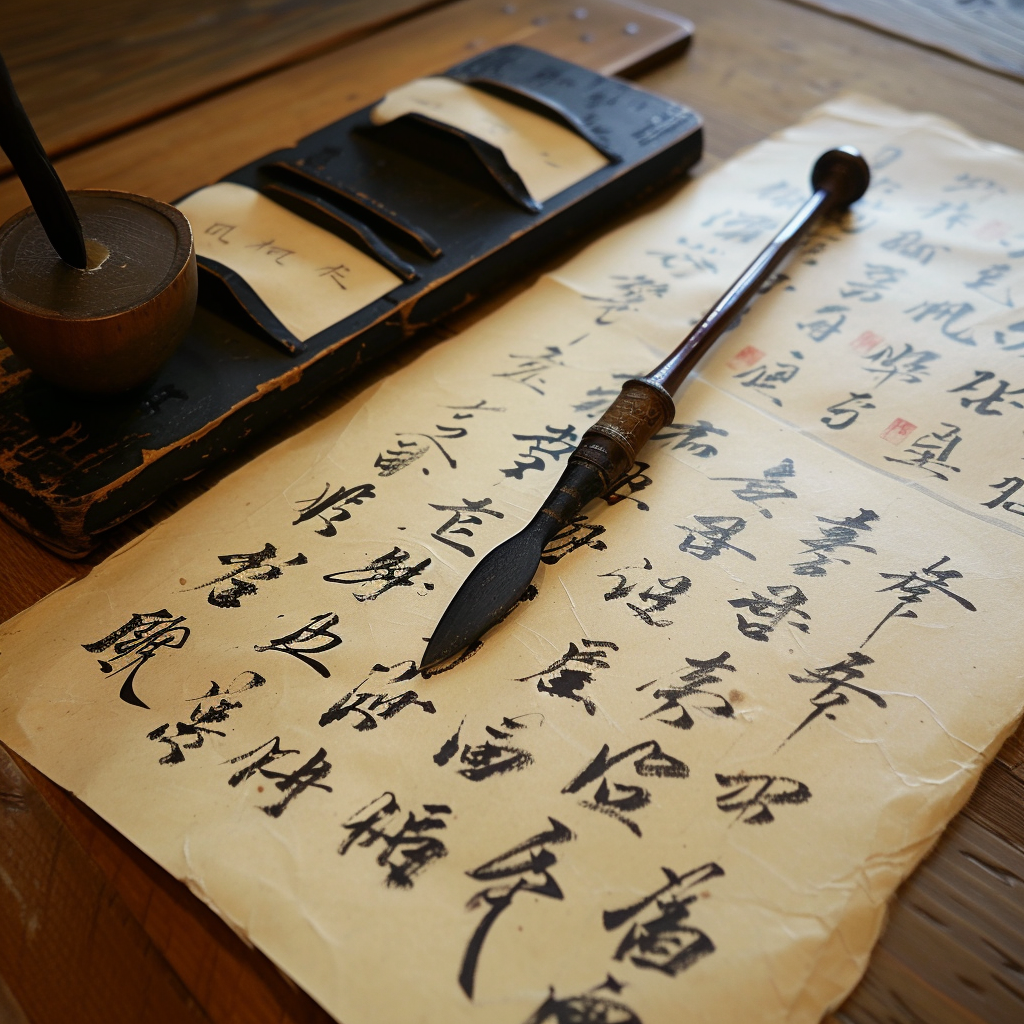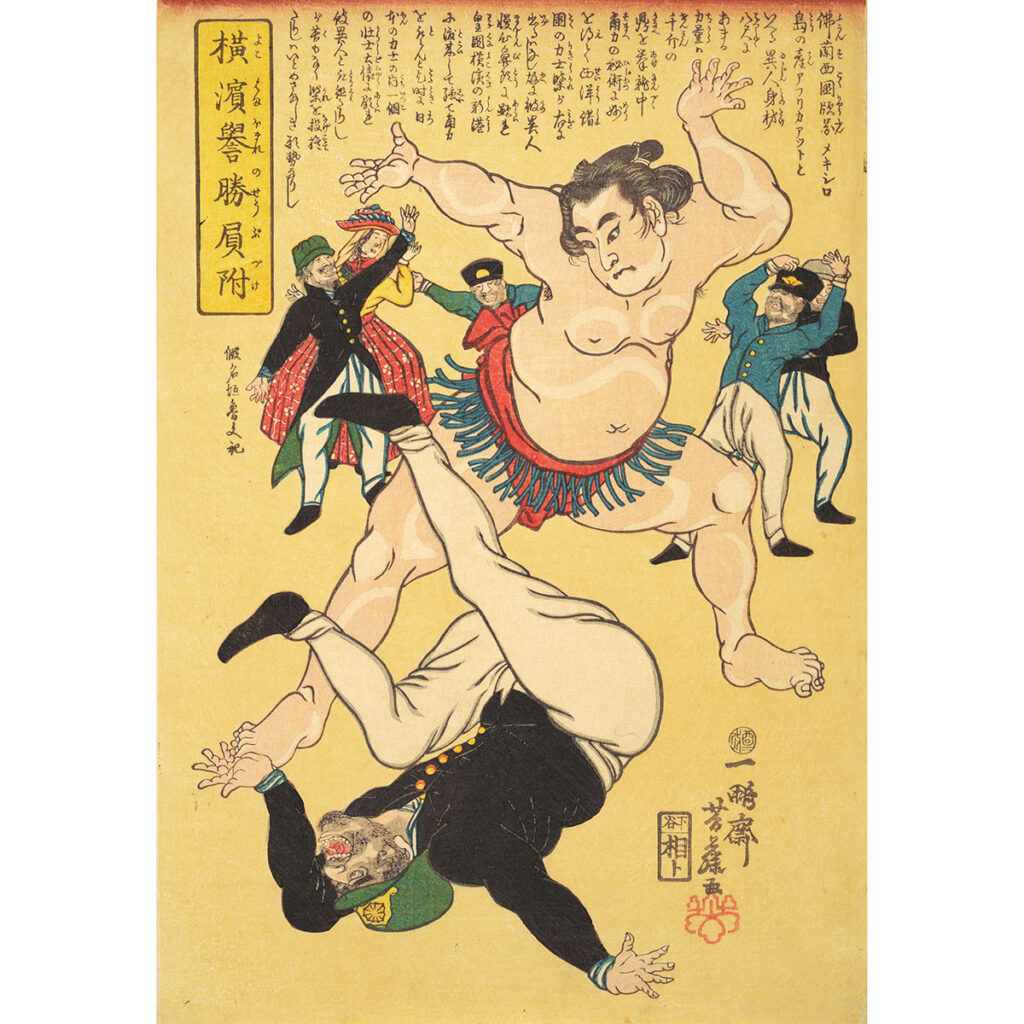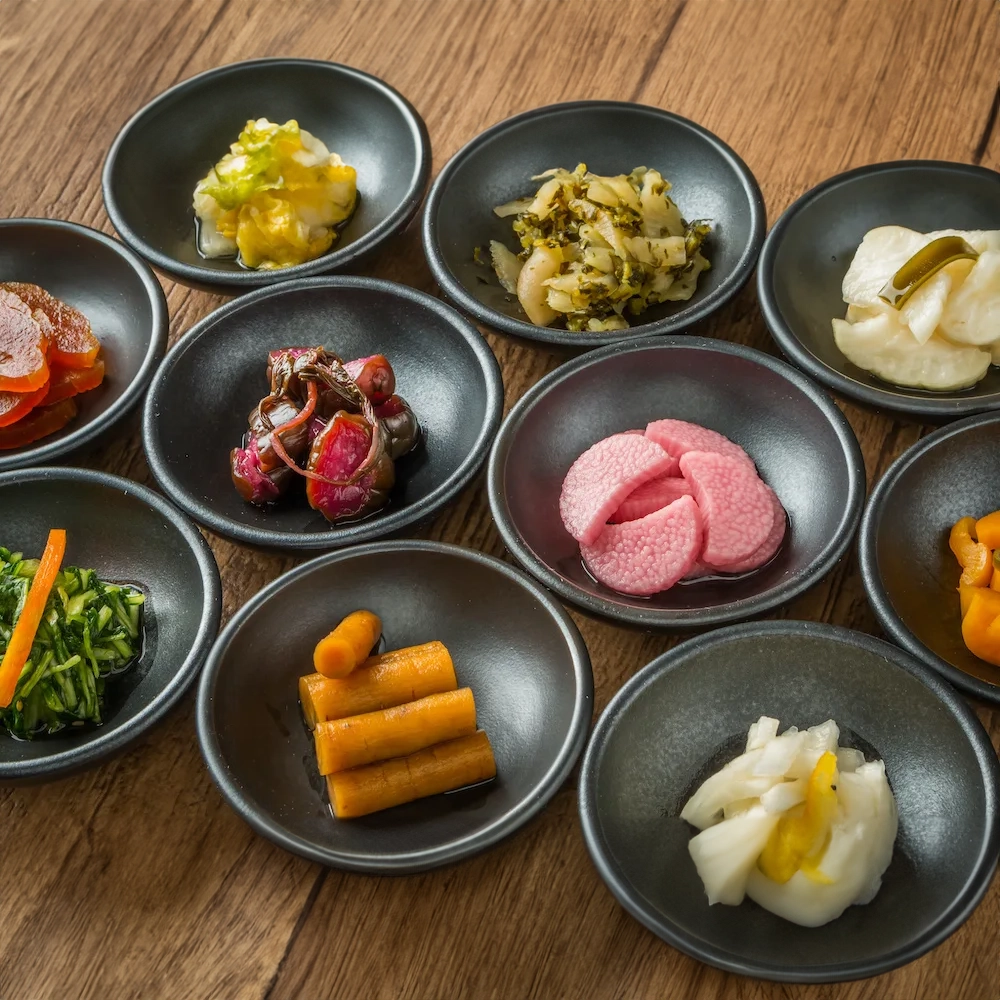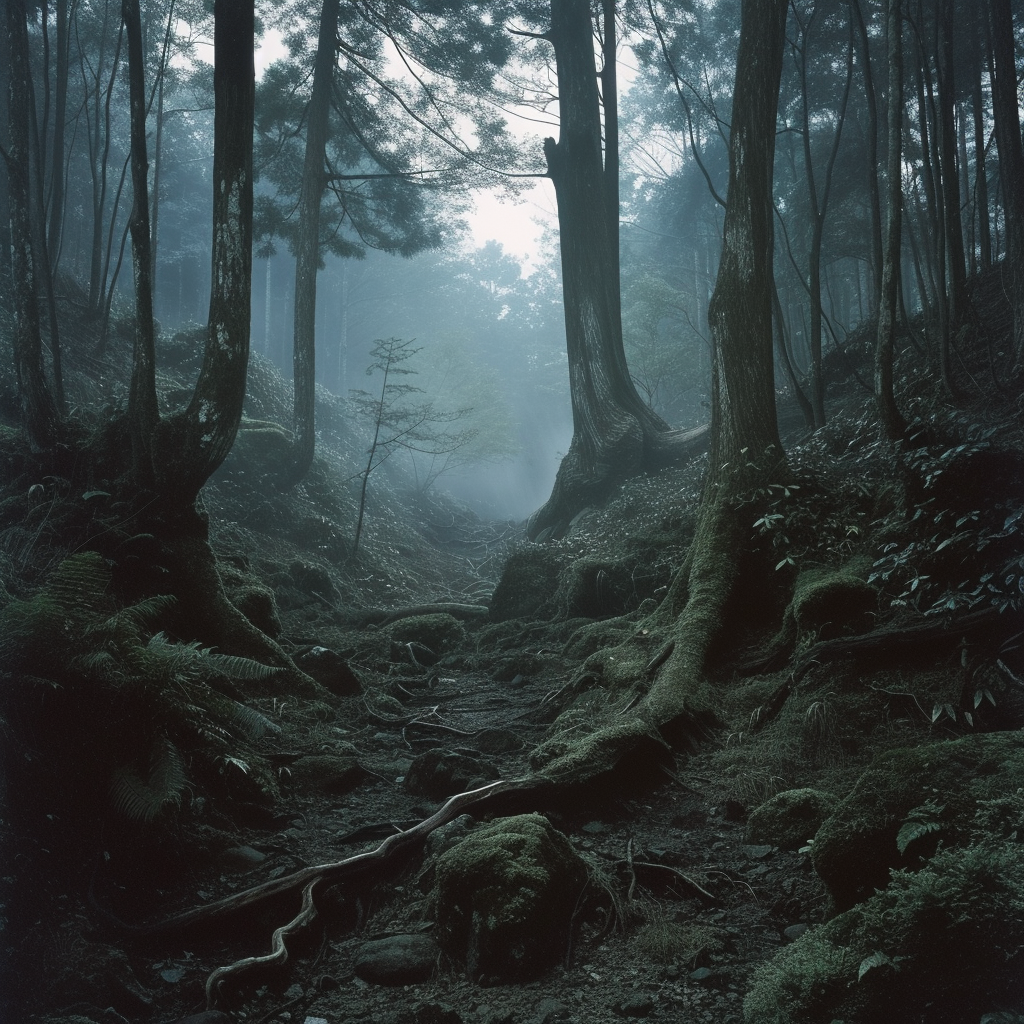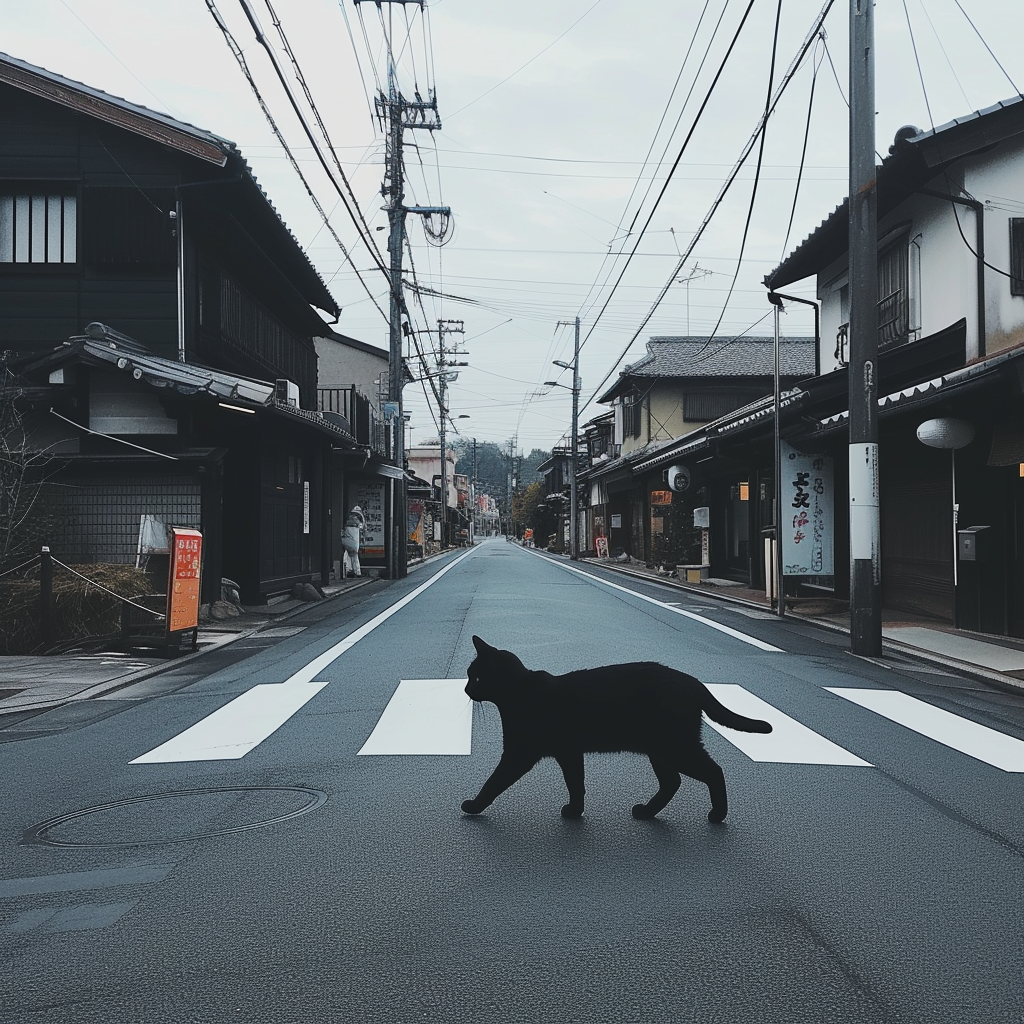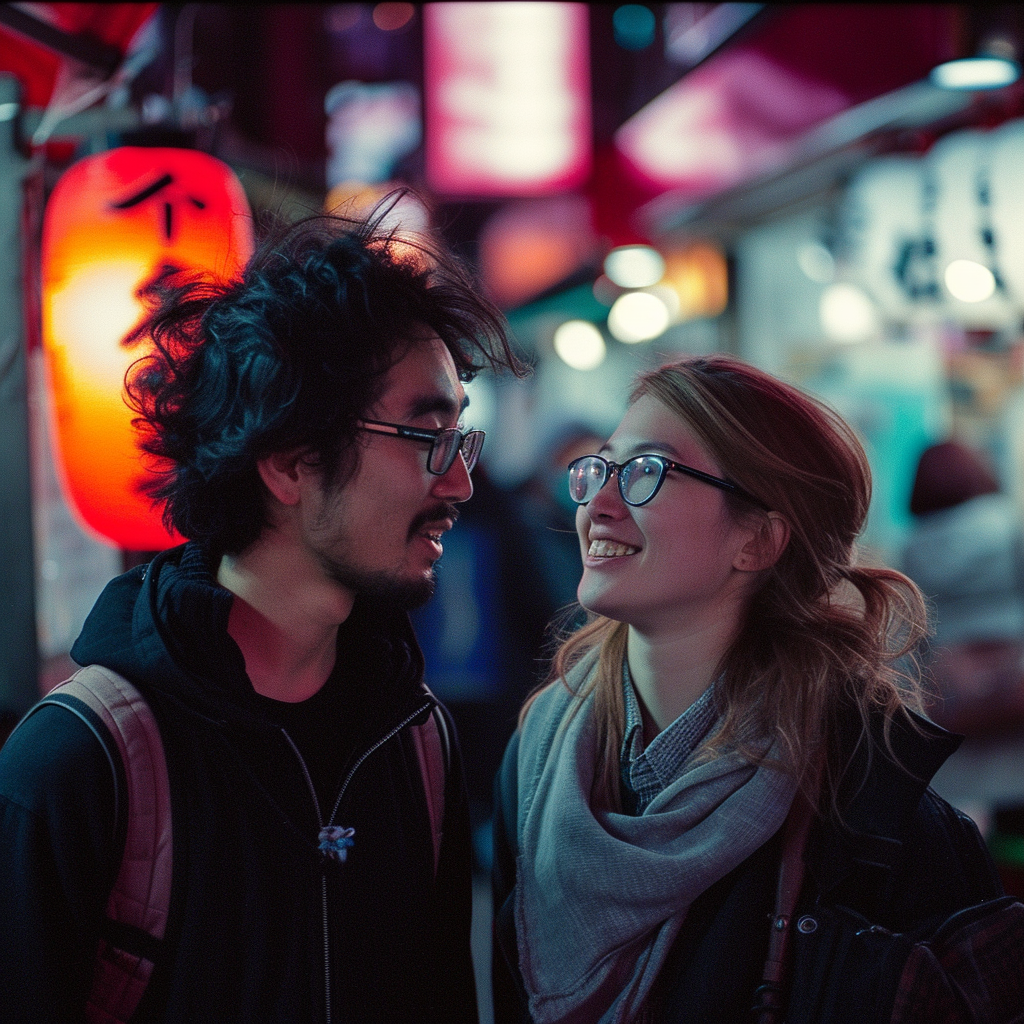Discover the Artistic Splendor of the Miho Museum
The Miho Museum, nestled in the peaceful mountains of Shiga Prefecture in Japan, is much more than just a museum. It is a sanctuary of art, architecture and nature. Additionally, it was designed to provide a unique immersive experience for art lovers around the world. Architecture in Harmony with Nature Designed by the famous architect …
Discover the Artistic Splendor of the Miho Museum Read More »


